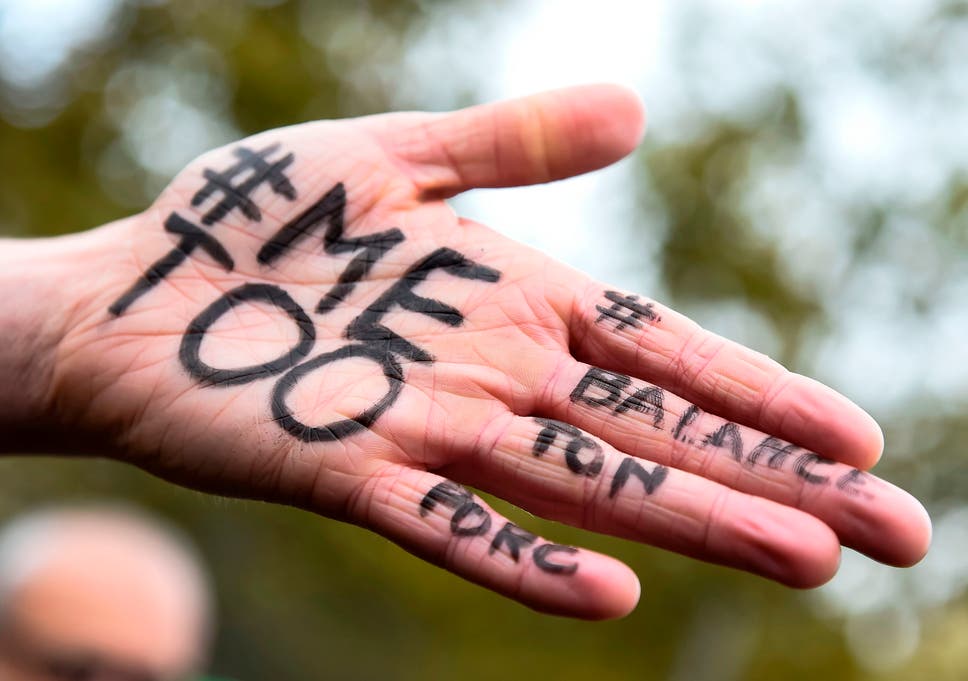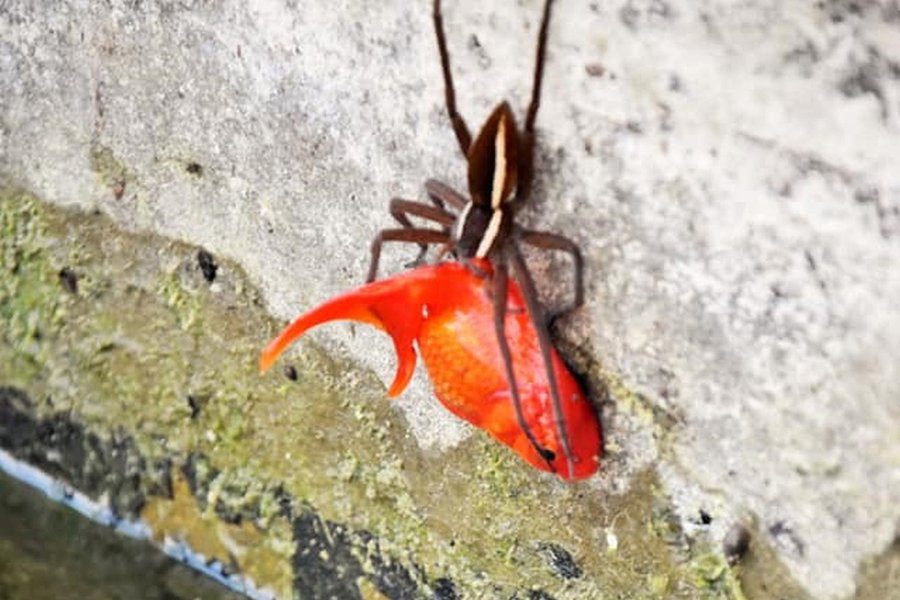Students who have been sexually assaulted are being let down by ‘inadequate’ support from universities, regulator warns
Institutions face fines and deregistration if they fail to respond to harassment reports

AFP
Students who have been sexually assaulted or harassed are often being let down by “inadequate” support and “ineffective” reporting procedures in universities, the regulator has warned.
Universities could face sanctions, including fines and deregistration, if they fail to respond to reports of harassment and sexual misconduct, the Office for Students (OfS) said.
The watchdog is calling on institutions to have robust procedures in place to address complaints of sexual abuse and ensure students know how they can report concerns.
Universities should make training available to all staff and students, including consent workshops, to help prevent incidents from taking place on campus, the OfS has urged.
It comes after research revealed that more than half of university students have experienced unwanted sexual behaviour including inappropriate touching, being followed and being forced into sex.
Campaigners previously warned that students have been forced to share sexual abuse allegations on social media due to universities failing to listen to them and subjecting them to poor treatment.
The OfS’s proposals, which are now open for consultation, warn of “widespread reports” of harassment and sexual misconduct that are not being adequately addressed by universities.
Institutions should clearly set out how they will prevent and respond to these complaints, as well as the behaviour expectations they have of students, staff and visitors.
There should be proper policies and processes in place for students to report and disclose incidents, the consultation says, including easy-to-understand information on how to do so.
Nicola Dandridge, the chief executive of the OfS, said: “We continue to hear accounts of students experiencing harassment, sexual assault and other forms of sexual misconduct.
“Too often students say they are not getting the support they need if they suffer this unacceptable behaviour, and that reporting systems are not clear or effective.”
Cambridge don resigns from college after sexual harassment complaints
She added: “We need to do more for the students who are still being let down by ineffective procedures and inadequate support.
“Our proposed statement of expectations sets out the basis of fair, clear and robust processes that we expect all higher education providers to have in place to respond effectively to harassment and sexual misconduct. Where we see evidence of serious failings, we have the regulatory powers to intervene.”
Universities must be registered with the OfS if they want students to receive tuition fee loans. The OfS has a range of powers to sanction institutions – including financial penalties and revoking a registration.
Rachel Watters, the NUS’s women’s officer, said: “We need urgent responses to tackle sexual harassment and violence in colleges and on campus. Historically, efforts towards tackling issues of sexual violence on university campuses have been shouldered by the most marginalised students.”
A spokesperson for Universities UK, an organisation that represents vice-chancellors, said: “Universities are committed to ensuring students and staff have a safe university experience, free from harassment and hate crime, which allows them to thrive in their learning and work.
“Universities welcome the opportunity to demonstrate the progress they are making on this important issue.”
She added: “We need to do more for the students who are still being let down by ineffective procedures and inadequate support.
“Our proposed statement of expectations sets out the basis of fair, clear and robust processes that we expect all higher education providers to have in place to respond effectively to harassment and sexual misconduct. Where we see evidence of serious failings, we have the regulatory powers to intervene.”
Universities must be registered with the OfS if they want students to receive tuition fee loans. The OfS has a range of powers to sanction institutions – including financial penalties and revoking a registration.
Rachel Watters, the NUS’s women’s officer, said: “We need urgent responses to tackle sexual harassment and violence in colleges and on campus. Historically, efforts towards tackling issues of sexual violence on university campuses have been shouldered by the most marginalised students.”
A spokesperson for Universities UK, an organisation that represents vice-chancellors, said: “Universities are committed to ensuring students and staff have a safe university experience, free from harassment and hate crime, which allows them to thrive in their learning and work.
“Universities welcome the opportunity to demonstrate the progress they are making on this important issue.”
---30---





































